GIESSEN, Germany: To expand access to paediatric care beyond the traditional clinical setting, the application of asynchronous teledentistry is gaining interest. A recent study from Germany compared findings from intra-oral scans (IOSs) with standard visual dental examinations in children to determine whether paediatricians could use IOSs to provide diagnoses and treatment recommendations reliably compared with dentists. They found that paediatricians can effectively assess oral health and provide reliable treatment recommendations, highlighting both the reliability of trained paediatricians in dental assessment and the potential for closer interdisciplinary collaboration in paediatric healthcare.
The study included 70 children aged 4–17 years, representing both primary and permanent dentition. All children underwent visual dental examinations as part of routine dental check-ups and then underwent IOSs of the oral cavity. A dentist and a paediatrician each carried out independent teledental evaluations of the IOS data, judging the same diagnostic criteria, including overall dental health, presence of caries, presence and type of restorations, molar incisor hypomineralisation, urgency of dental intervention and treatment recommendations.
The researchers found high agreement between IOS-based findings and visual examinations for many criteria. Overall dental status, caries detection and the presence of restorations showed almost perfect concordance. By contrast, some differences emerged in more detailed assessments. Restoration type, for instance, showed greater discrepancies between dentist and paediatrician, and the paediatrician demonstrated lower accuracy. The paediatrician was less accurate in certain diagnostic areas and missed findings that the dentist detected. Nevertheless, agreement with visual examination regarding the urgency of intervention was high for both the dentist and paediatrician, and treatment recommendations showed substantial to almost perfect agreement, although slightly lower for the paediatrician.
The study indicates that, with appropriate training, paediatricians could use IOSs in teledentistry to reliably assess children’s oral health and make informed decisions on treatment urgency, although certain diagnostic details, such as restoration type, remain better suited to dentists. Furthermore, the findings highlight the potential to expand access to care in settings where dentists are not immediately available. In such cases, paediatricians could perform screenings or preliminary assessments using IOSs and refer patients to dentists only when necessary—a model particularly valuable for remote areas, hospitals and interdisciplinary care.
The study, titled “Comparison of dental findings between dentists and pediatricians using intraoral scan-based teledentistry in children”, was published online on 2 September 2025 in Scientific Reports.
Tags:
XI’AN, China: Digital technologies are reshaping the management of edentulism by streamlining the restorative workflow for complete dentures. Compared ...
Modern dentistry is undergoing a technological revolution, driven by the integration of advanced digital tools in diagnostics, planning and treatment. Among...
BRISBANE, Australia: Artificial intelligence (AI) is emerging as a transformative force in Australian dentistry, and a new national review has mapped how ...
BANGKOK, Thailand: The use of telehealth services increased rapidly during the COVID-19 pandemic, prompting wider acceptance of digital consultations and ...
LONDON, UK: The British Orthodontic Society (BOS) has recently released guidance on teledentistry and remote interactions in orthodontic care. By offering ...
Intra-oral scanning has revolutionised dental diagnostics and treatment planning by enhancing the precision and efficiency of impression taking and ...
Live webinar
Mon. 12 January 2026
9:00 am EST (New York)
Prof. Judith Jones D.D.S; M.P.H., Prof. Kakuhiro Fukai D.D.S., Ph.D, Dr. Bathsheba (Bethy) Turton
Live webinar
Wed. 14 January 2026
12:00 pm EST (New York)
Dr. Théo Laplane, Dr. Robert Gottlander DDS
Live webinar
Fri. 16 January 2026
12:00 pm EST (New York)
Live webinar
Mon. 19 January 2026
1:00 pm EST (New York)
Philipp Kopp, Michael Seeber
Live webinar
Thu. 22 January 2026
2:00 pm EST (New York)
Dr. Nicola M. Grande DDS, PhD
Live webinar
Wed. 28 January 2026
8:00 am EST (New York)
Live webinar
Wed. 28 January 2026
11:00 am EST (New York)
Prof. Dr. Jan-Frederik Güth



 Austria / Österreich
Austria / Österreich
 Bosnia and Herzegovina / Босна и Херцеговина
Bosnia and Herzegovina / Босна и Херцеговина
 Bulgaria / България
Bulgaria / България
 Croatia / Hrvatska
Croatia / Hrvatska
 Czech Republic & Slovakia / Česká republika & Slovensko
Czech Republic & Slovakia / Česká republika & Slovensko
 France / France
France / France
 Germany / Deutschland
Germany / Deutschland
 Greece / ΕΛΛΑΔΑ
Greece / ΕΛΛΑΔΑ
 Hungary / Hungary
Hungary / Hungary
 Italy / Italia
Italy / Italia
 Netherlands / Nederland
Netherlands / Nederland
 Nordic / Nordic
Nordic / Nordic
 Poland / Polska
Poland / Polska
 Portugal / Portugal
Portugal / Portugal
 Romania & Moldova / România & Moldova
Romania & Moldova / România & Moldova
 Slovenia / Slovenija
Slovenia / Slovenija
 Serbia & Montenegro / Србија и Црна Гора
Serbia & Montenegro / Србија и Црна Гора
 Spain / España
Spain / España
 Switzerland / Schweiz
Switzerland / Schweiz
 Turkey / Türkiye
Turkey / Türkiye
 UK & Ireland / UK & Ireland
UK & Ireland / UK & Ireland
 Brazil / Brasil
Brazil / Brasil
 Canada / Canada
Canada / Canada
 Latin America / Latinoamérica
Latin America / Latinoamérica
 USA / USA
USA / USA
 China / 中国
China / 中国
 India / भारत गणराज्य
India / भारत गणराज्य
 Pakistan / Pākistān
Pakistan / Pākistān
 Vietnam / Việt Nam
Vietnam / Việt Nam
 ASEAN / ASEAN
ASEAN / ASEAN
 Israel / מְדִינַת יִשְׂרָאֵל
Israel / מְדִינַת יִשְׂרָאֵל
 Algeria, Morocco & Tunisia / الجزائر والمغرب وتونس
Algeria, Morocco & Tunisia / الجزائر والمغرب وتونس
 Middle East / Middle East
Middle East / Middle East
























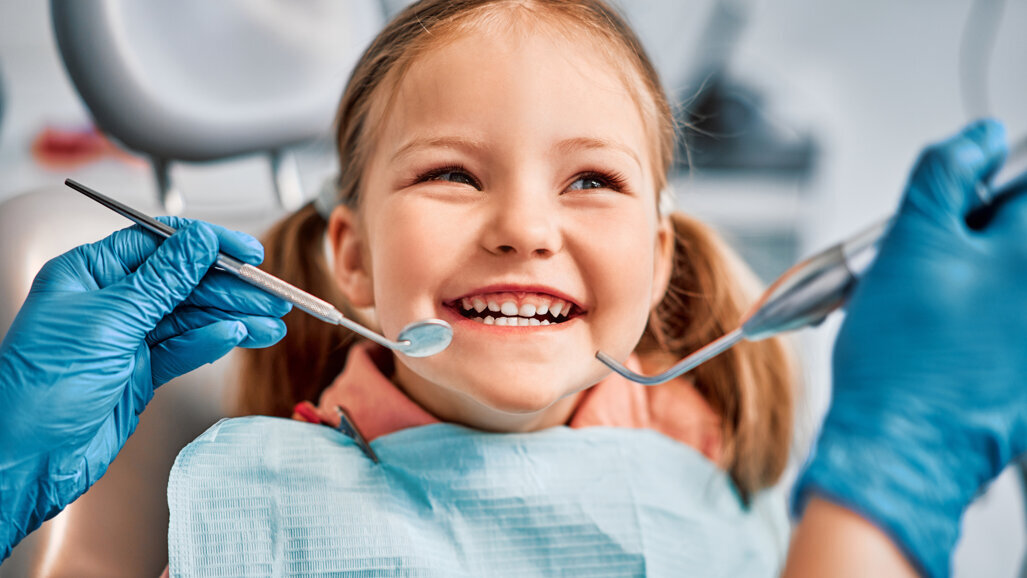



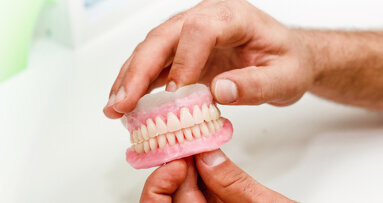
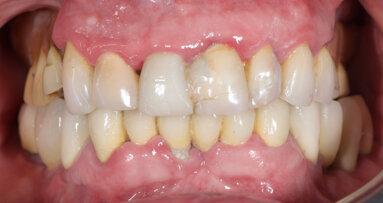
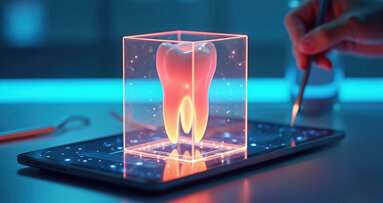
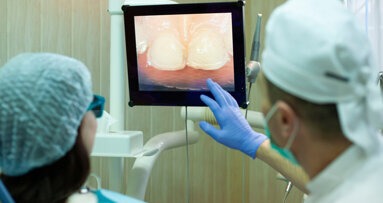
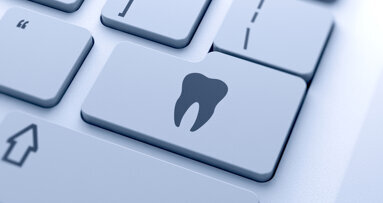
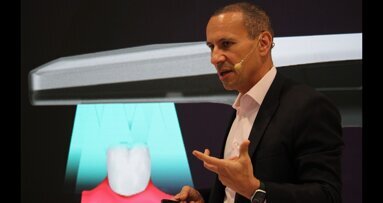








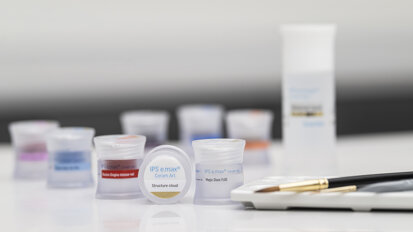

To post a reply please login or register